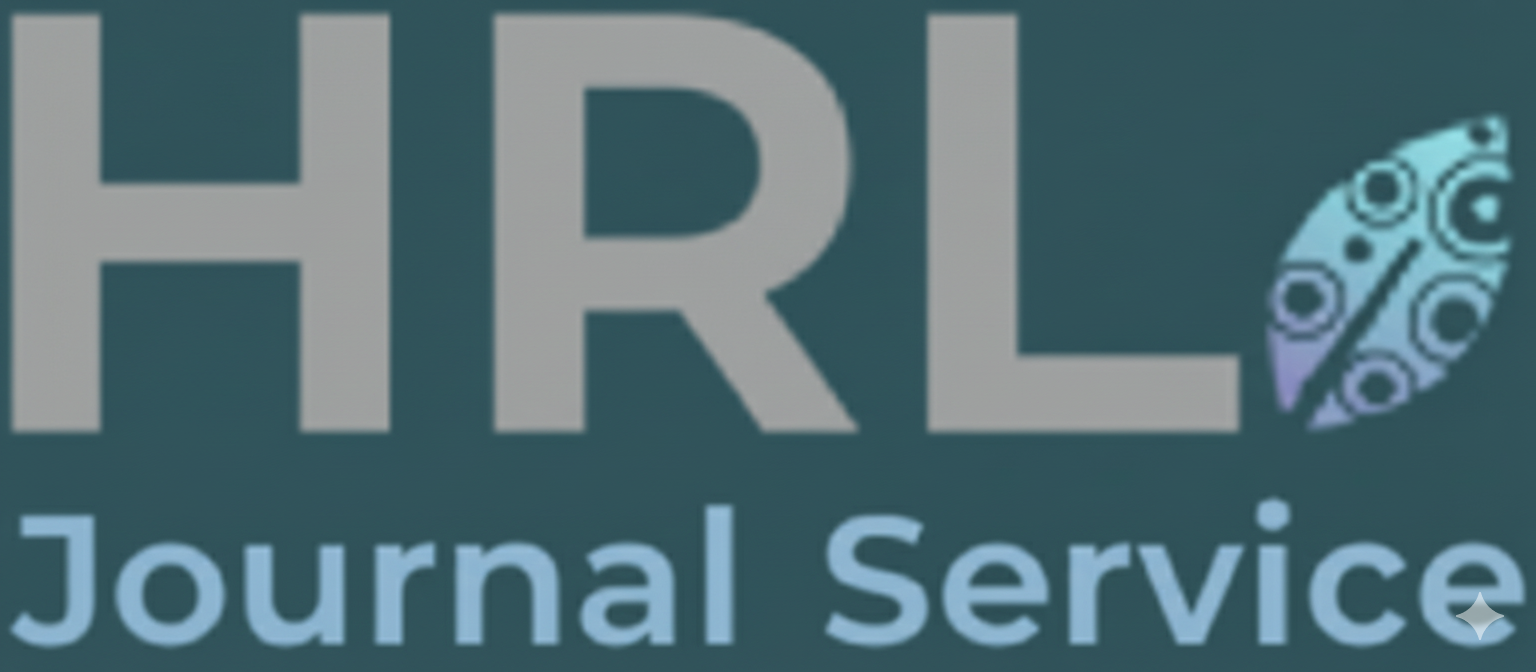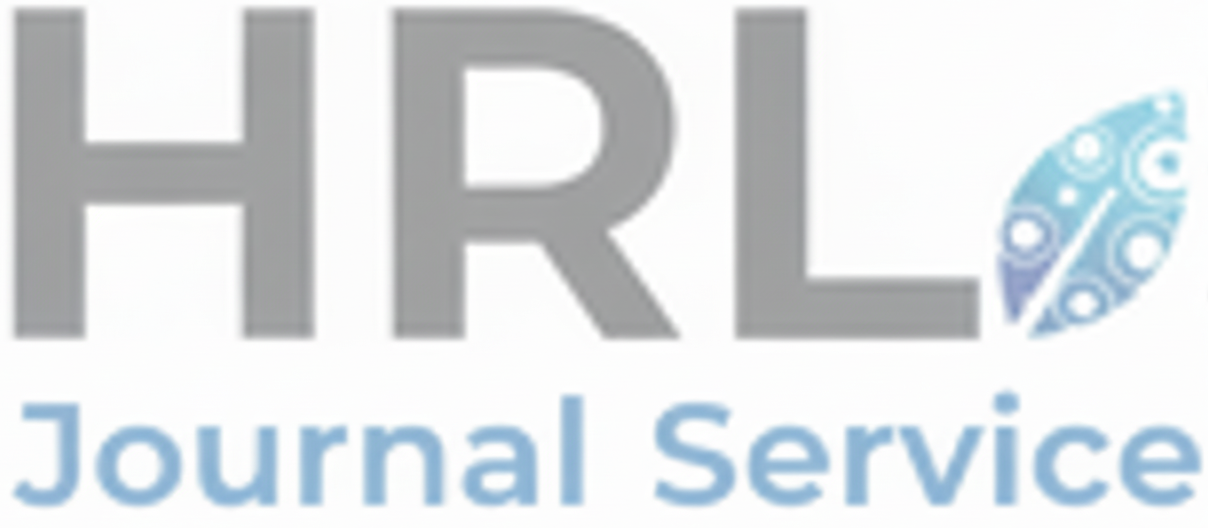Social norms related to illicit alcohol consumption
Keywords:
Illicit alcohol consumption, social norms, Quantity and Frequency of ConsumptionAbstract
This paper explores the influence of social norms on illicit alcohol consumption in Embakasi East, focusing on the interplay between community attitudes, peer influence, and accessibility factors. Guided by the premise that prevailing social norms significantly shape drinking behaviours, a quantitative research design was adopted, employing descriptive and correlational approaches. Data were obtained from 119 adult consumers of illicit alcohol through survey questionnaires. Statistical analysis, including ANOVA, revealed that peer acceptance of illicit drinking, perceived normalisation of alcohol misuse within social circles, and affordability were key predictor norms of consumption patterns. Results also indicate that normalised social tolerance towards illicit alcohol is closely linked to the density and accessibility of unlicensed outlets, creating a reinforcing cycle of demand. The findings underscore the need for multi-level interventions combining community-based norm change strategies with stricter control of illicit alcohol availability to effectively address harmful consumption behaviours.
Downloads
References
Agnew, J. (2022). Prohibition and Bootlegging in the American West. McFarland.
Ahern, J., Margerison-Zilko, C., Hubbard, A., & Galea, S. (2013). The impact of alcohol outlets on binge drinking in urban areas: Nonlinear effects and their implications for policy and interventions. American Journal of Public Health, 103(4), e81-e87. https://doi.org/10.2105/AJPH.2012.301203
Allen, J., Mohatt, G. V., Fok, C. C. T., Henry, D., & Burkett, R. (2014). Developing a protective factors framework for addressing alcohol abuse and suicide prevention in Alaska Native youth. American Journal of Community Psychology, 54(1), 125-139. https://doi.org/10.1007/s10464-014-9661-3
Amaro, H., Sanchez, M., Bautista, T., & Cox, R. (2021). Social vulnerabilities for substance use: Stressors, socially toxic environments, and discrimination and racism. Neuropharmacology, 188, 108518. https://doi.org/10.1016/j.neuropharm.2021.108518
Bandura, A. (2001). Social cognitive theory: an agentic perspective. Annual Review of Psychology, 52, 1-26. https://doi.org/10.1146/annurev.psych.52.1.1
Baron-Epel, O., Bord, S., Elias, W., Zarecki, C., Shiftan, Y., & Gesser-Edelsburg, A. (2015). Alcohol consumption among Arabs in Israel: a qualitative study. Substance Use & Misuse, 50(3), 268–273. https://doi.org/10.3109/10826084.2014.977397
Boschuetz, N., Cheng, S., Mei, L., & Loy, V. M. (2020). Changes in alcohol use patterns in the United States during COVID-19 pandemic. WMJ, 119(3), 171-176.
Campbell, C. A., Hahn, R. A., Elder, R., Brewer, R., Chattopadhyay, S., Fielding, J., ... & Task Force on Community Preventive Services. (2009). The effectiveness of limiting alcohol outlet density as a means of reducing excessive alcohol consumption and alcohol-related harms. American Journal of Preventive Medicine, 37(6), 556-569. https://doi.org/10.1016/j.amepre.2009.09.028
Colchero, M. A., Barrientos-Gutiérrez, T., Guerrero-López, C. M., & Bautista-Arredondo, S. (2022). Density of alcohol-selling outlets and prices are associated with frequent binge drinking in Mexico. Preventive Medicine, 154, 106921. https://doi.org/10.1016/j.ypmed.2021.106921
Connor, J. L., Kypri, K., Bell, M. L., & Cousins, K. (2011). Alcohol outlet density, levels of drinking and alcohol-related harm in New Zealand: a national study. Journal of Epidemiology & Community Health, 65, 841-846. https://doi.org/10.1136/jech.2009.104935
Dimova, E. D., Lekkas, P., Maxwell, K., Clemens, T. L., Pearce, J. R., Mitchell, R., ... & Shortt, N. K. (2023). Exploring the influence of local alcohol availability on drinking norms and practices: A qualitative scoping review. Drug and Alcohol Review, 42(3), 691-703. https://doi.org/10.1111/dar.13630
Gitari, A. T., Aloys, O., Chaka, B., & Godrick, B. (2021). Health Impacts of a Traditional Illicit Brew (Kaanga) Consumed in Meru County, Kenya. European Journal of Environment and Public Health, 5(1), em0065. https://doi.org/10.29333/ejeph/9146
Gitatui, M., Kimani, S., Muniu, S., & Okube, O. (2019). Factors influencing harmful alcohol consumption among adults living in urban slums in Kenya. African Health Sciences, 19(4), 2906–2925. https://doi.org/10.4314/ahs.v19i4.12
Giusto, A., Green, E. P., Simmons, R. A., Ayuku, D., Patel, P., & Puffer, E. S. (2020). A multiple baseline study of a brief alcohol reduction and family engagement intervention for fathers in Kenya. Journal of Consulting and Clinical Psychology, 88(8), 708. https://doi.org/10.1037/ccp0000518
Lee, J. P., Moore, R. S., Roberts, J., Nelson, N., Calac, D., Gilder, D. A., & Ehlers, C. L. (2015). Off-premise alcohol outlets on and around tribal land: risks for rural California Indian youth. Journal of Ethnicity in Substance Abuse, 14(1), 59-78. https://doi.org/10.1080/15332640.2014.958643
Meier, P. S., Warde, A., & Holmes, J. (2018). All drinking is not equal: How a social practice theory lens could enhance public health research on alcohol and other health behaviours. Addiction, 113, 206–213. https://doi.org/10.1111/add.13895
Paradies, Y. (2016). Colonisation, racism and indigenous health. Journal of Population Research, 33(1), 83–96. https://doi.org/10.1007/s12546-016-9159-y
World Health Organization. (2022). Reducing the harm from alcohol by regulating cross-border alcohol marketing, advertising and promotion: a technical report. Geneva. ISBN: 978-92-4-004650-4. https://apo.org.au/node/317808
Downloads
Published
Issue
Section
License
Copyright (c) 2025 Cherpka, Mutsotso, Okumu (Author)

This work is licensed under a Creative Commons Attribution 4.0 International License.





